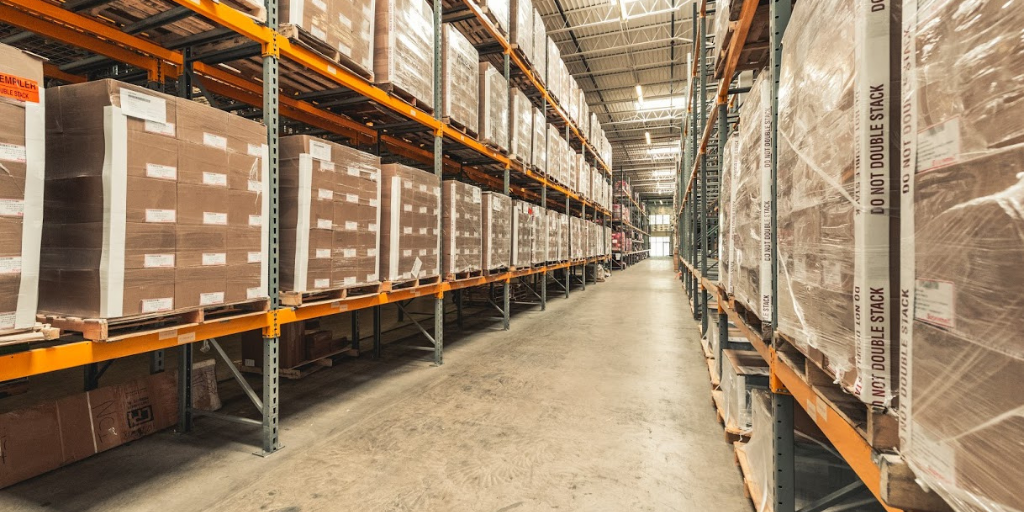Warehouse Rent Prices Soar in The Greater Washington, D.C. Area
What's Going On With Warehouse Rent Prices in The Greater Washington, D.C. Area? Chris Marchetti, Excel Courier CEO, discusses the Washington...

Have you seen the show Shark Tank? A panel of high-profile entrepreneurs listen to the pitches of a few selected candidates and decide if they’re going to invest in the product and business. Usually, at least one candidate has proven their worth and a judge or judges propose an amount they’re willing to invest (cheers!). In the mix of this pitch, the candidate walks the judges through the sustainability of their current operation. 9 times out of 10 the business is their side gig run out of a garage and it’s up to them, family and friends to fulfill the orders. They’re selling enough to keep the operation afloat but clearly scaling their growth enough to be on the show.
Flash forward to the end of the episode and you see the new operation and it’s booming! They are now in a legitimate warehouse that they most likely outsourced to fulfill their orders. Suddenly this minuscule operation that sold products across the state line is now shipping hundreds or thousands of orders a day to the entire world and can now be found in retail stores. It’s like it happened overnight (thanks to dramatic television editing). But you can’t help but wonder, aside from the beneficial resources provided by the investor, how does this company evolve into this fluid operation so suddenly?
We think this fast paced Cinderella story could have been the result of on-demand warehousing. On-demand warehousing, according to The Wall Street Journal, is when “Retailers and manufacturers are trying to position goods closer to customers without getting locked into long-term contracts or multiyear leases when rapid changes in buying patterns and trade conditions have made forecasting demand more difficult.”
On-demand warehousing provides the flexibility to scale with growth and seasonal demands. They’re known for quick turnaround times, no startup costs and a low level of commitment. In addition to TV-bred success, they accommodate other demands such as:
On-demand warehousing is a smart way to satisfy dynamic needs for physical space and storage. On-demand warehousing increases the agility of businesses to capitalize on opportunities without incurring the risk associated with longer-term service agreements and warehouse leases. Getting started with on-demand warehousing is fast and easy. Businesses can cut out all the time and expenses associated with finding a new lease and just start using the space they need when they need it. Perhaps the best feature of on-demand warehousing is the convenient availability of additional services. For example, on-demand warehousing provider Excel Group offers a full complement of logistics services that businesses can use to pick up and store their materials, address their in-warehouse materials, and deliver their in-warehouse materials wherever and whenever required. For many businesses, adding that kind of capability is not only a convenience, it’s also a competitive advantage.

What's Going On With Warehouse Rent Prices in The Greater Washington, D.C. Area? Chris Marchetti, Excel Courier CEO, discusses the Washington...
%20What%20Does%20a%20Courier%20Do.png)
1 min read
Why Use a Courier Service? Need a faster, more reliable way to get your packages, documents, or critical goods where they need to be? Look no further...

{% video_player "embed_player" overrideable=False, type='hsvideo2', hide_playlist=True, viral_sharing=False, embed_button=False, autoplay=False,...